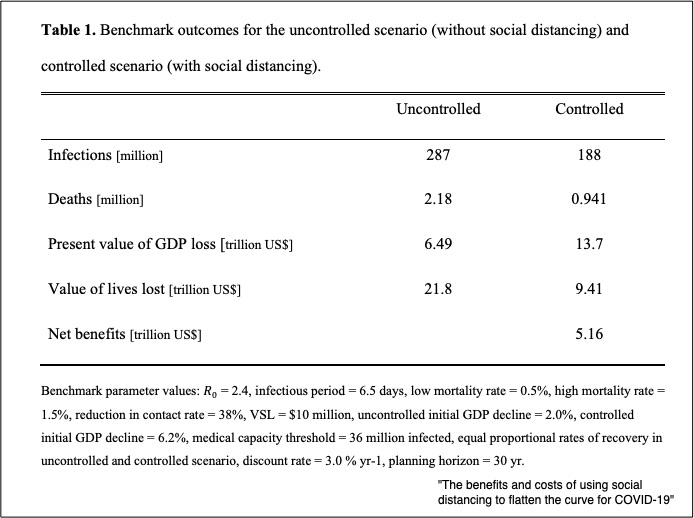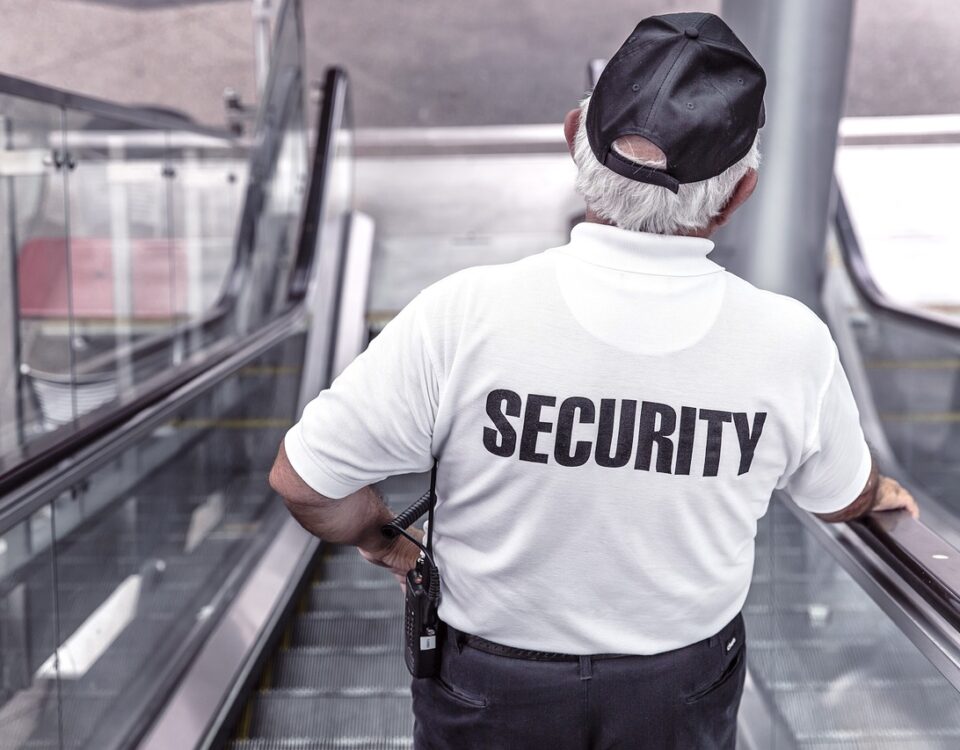
What We Will Miss in the Mall
May 25, 2020
A State-by-State Look at Quarantine Takeout
May 27, 2020Giving a cash value to a life sounds horrific. And yet, government does it. Whenever lawmakers ponder safety regulations, they have to compare the cost of the mandate to the value of the lives it will save. Cost benefit analysis helps them decide if a policy’s goal is too expensive.
When making coronavirus policy decisions, the cash value of a life can be a consideration. So let’s take a look.
Coronavirus Math
When economists had to figure out the value of a life, they knew that decades of paychecks made no sense. Someone who earns less is worth as much as someone who earns more. They also rejected age (and a host of other variables) as a part of the formula. Instead, they decided to focus on the cost of saving a life. Called the Value of a Statistical Life (VSL), the number is based on many people rather than just one.
Ronald Reagan was one of the first presidents to use VSL. Seeking to minimize government, his administration decided to do cost benefit analysis as the basis for eliminating regulations. The process required a price tag for a life. To get the number, they started by assuming that 1 in 10,000 people is killed on the job. Knowing those 10,000 people are willing to accept a $300 pay boost for doing risky work, they multiplied 10,000 by $300 and got $3 million. Taking inflation and other factors into account, in today’s numbers, we wind up at approximately $10 million as the VSL.
Please think of it this way. Let’s say you have a dangerous curve in a road with a one in a million chance of dying among the million people who use it annually. But if the upgrade will cost $20 million, saving one life it is not worth the repair.
Coronavirus VSL
Some economists have suggested that VSL enter the coronavirus reopening debate. A group at the University of Wyoming has estimated that social distancing saves 1.2 million lives. At $10 million a life, that takes us to $12.4 trillion.
Meanwhile, they have also calculated that the GDP will drop 6.2 percent with social distancing and 2 percent without it. In dollars, for 6.2 percent, we are looking at a decline of $13.7 trillion and for 2 percent, $6.5 trillion.
$13.7 minus $6.5 = $7.2 trillion less that you lose with no social distancing
No social distancing loses us a $12.4 trillion VSL but gains $7.2 trillion in lost GDP. You can see that the Wyoming study supports aggressive social distancing. In other words, benefits outweigh costs by $5.2 trillion.
Below are the numbers from the University of Wyoming study:
Our Bottom Line: Tradeoffs
Because of the uncertainties, like me, you might not be entirely convinced by this coronavirus math. But what does make total sense is that we do give life a price tag. Personally, at work, and through government, we constantly decide how much safety is worth. And, by deciding, we are making the kinds of tradeoffs that coronavirus policy will require.
We just need the facts to make those decisions wisely.
My sources and more: This Washington Post article and this paper are ideal starting points for understanding the reopening debate. Then, for more on the origin of VSL, Wired has the details. Perhaps most crucially though, the Conversable Economist explains how we are dealing with so many uncertain facts. (After publication this post was minimally edited for clarity.)
![econlifelogotrademarkedwebsitelogo[1]](/wp-content/uploads/2024/05/econlifelogotrademarkedwebsitelogo1.png#100878)





